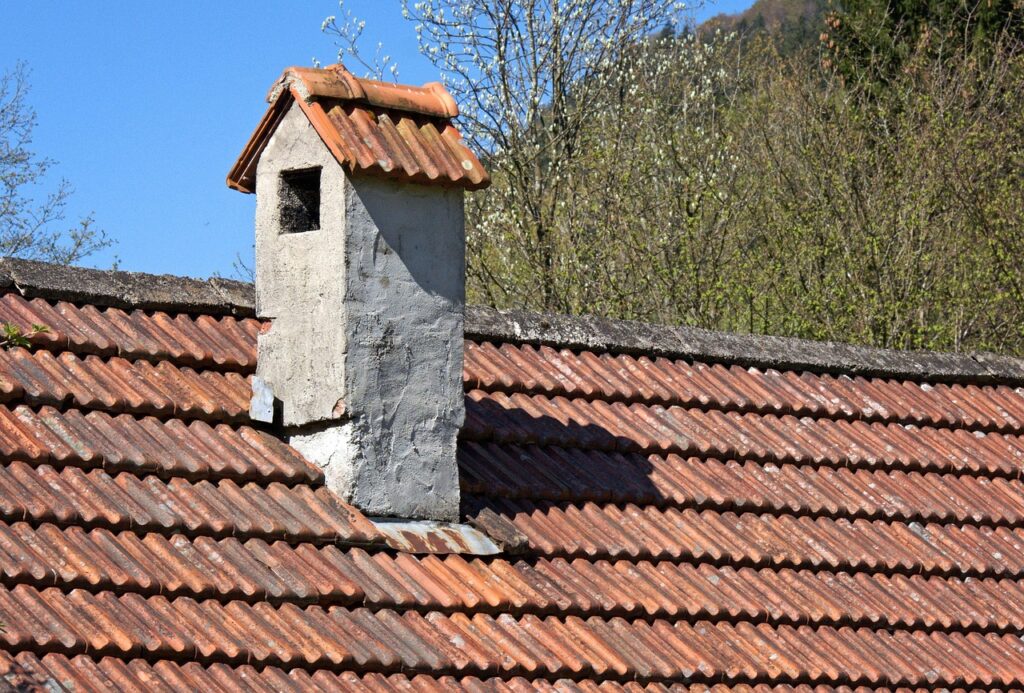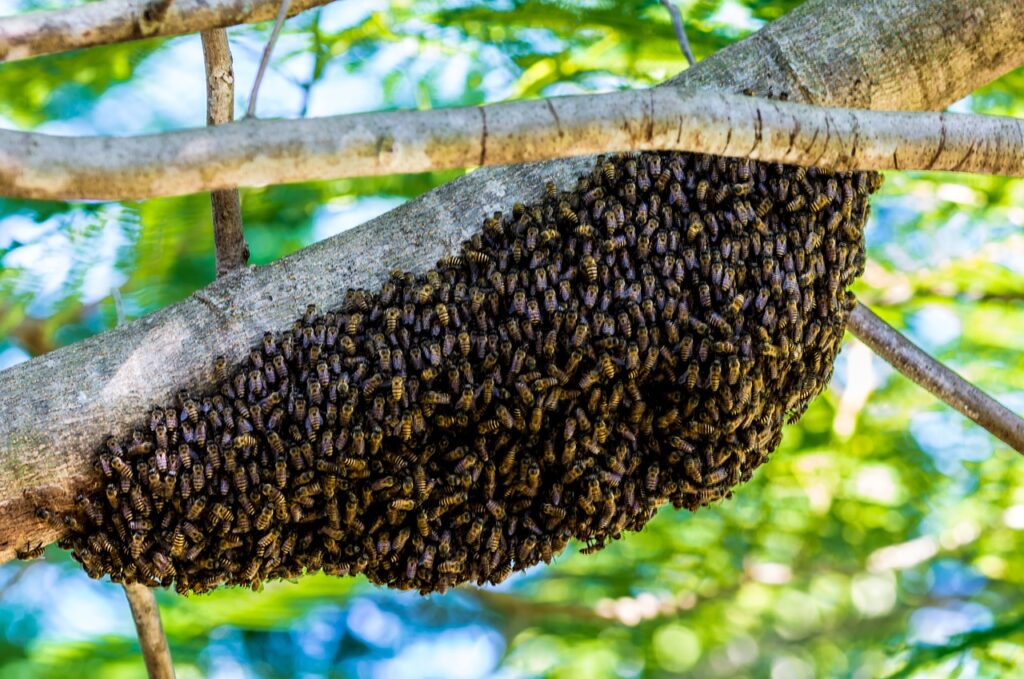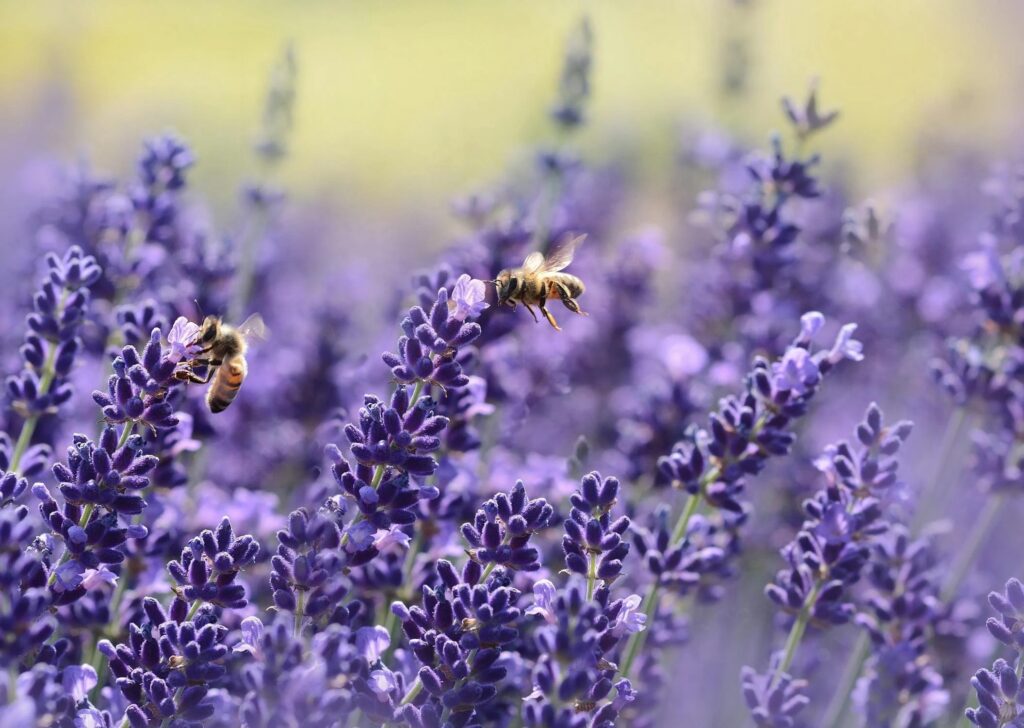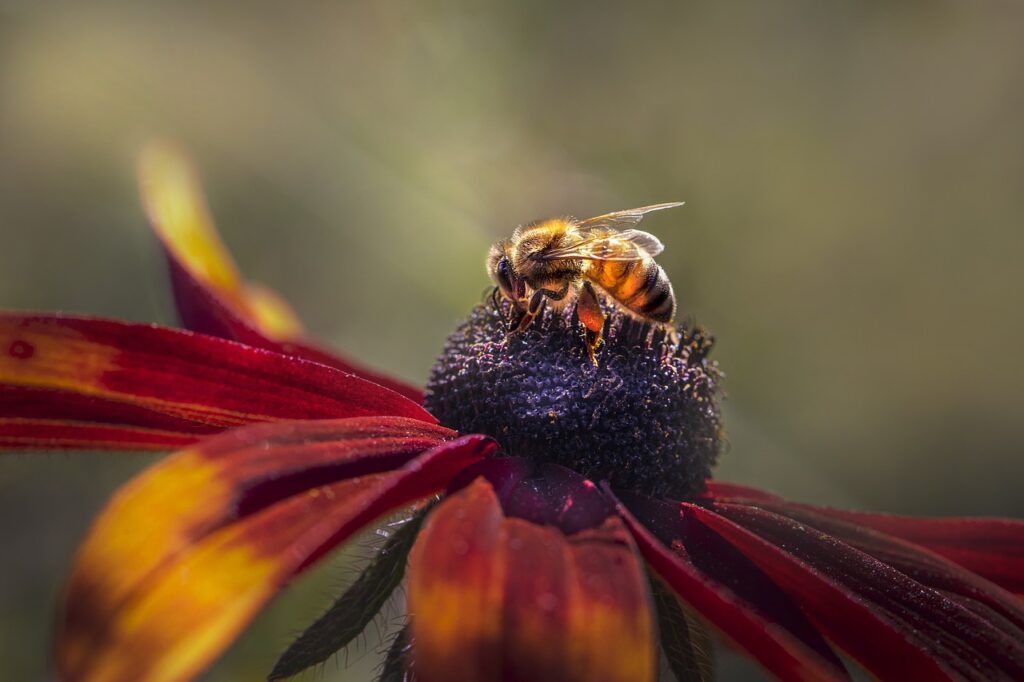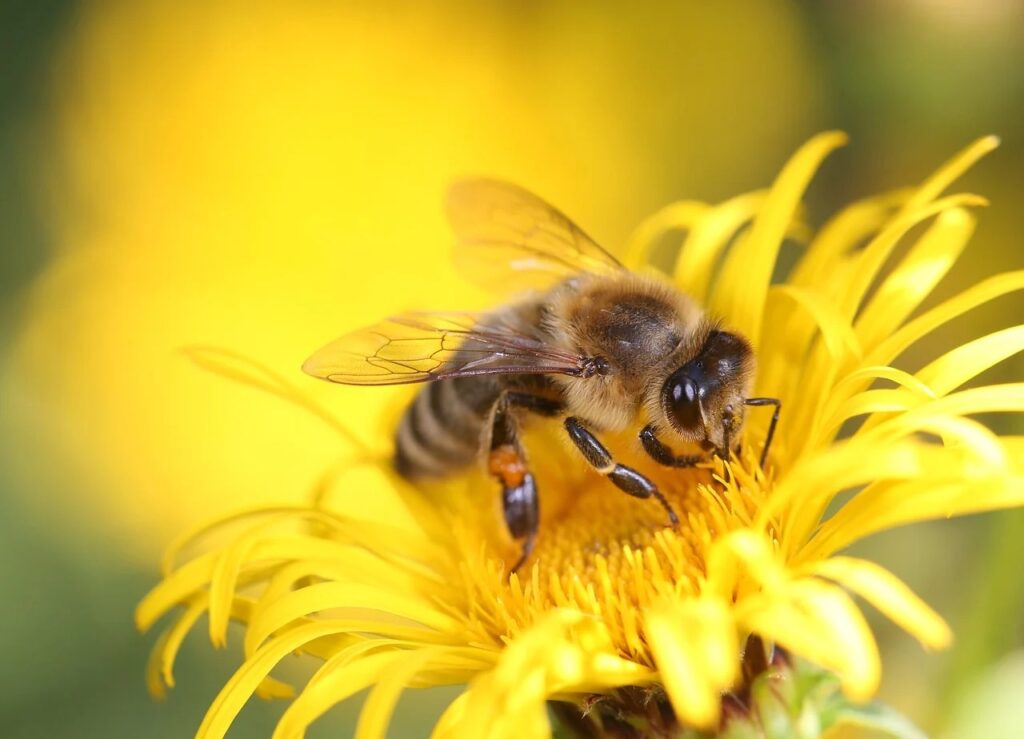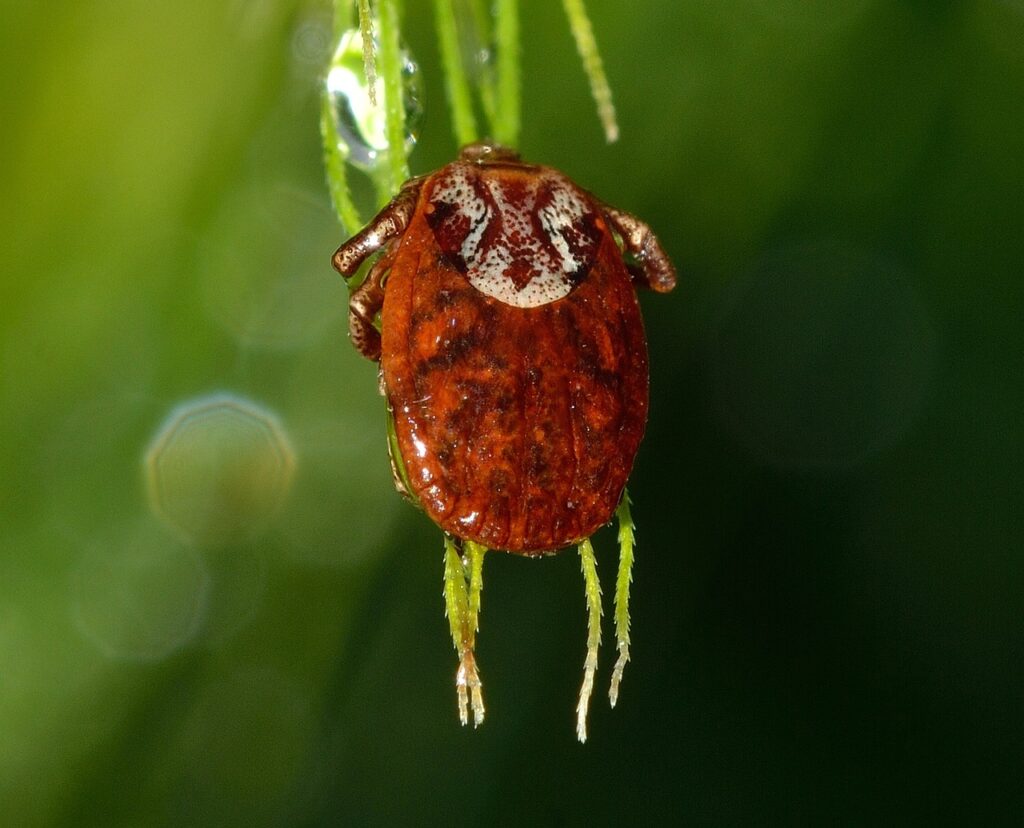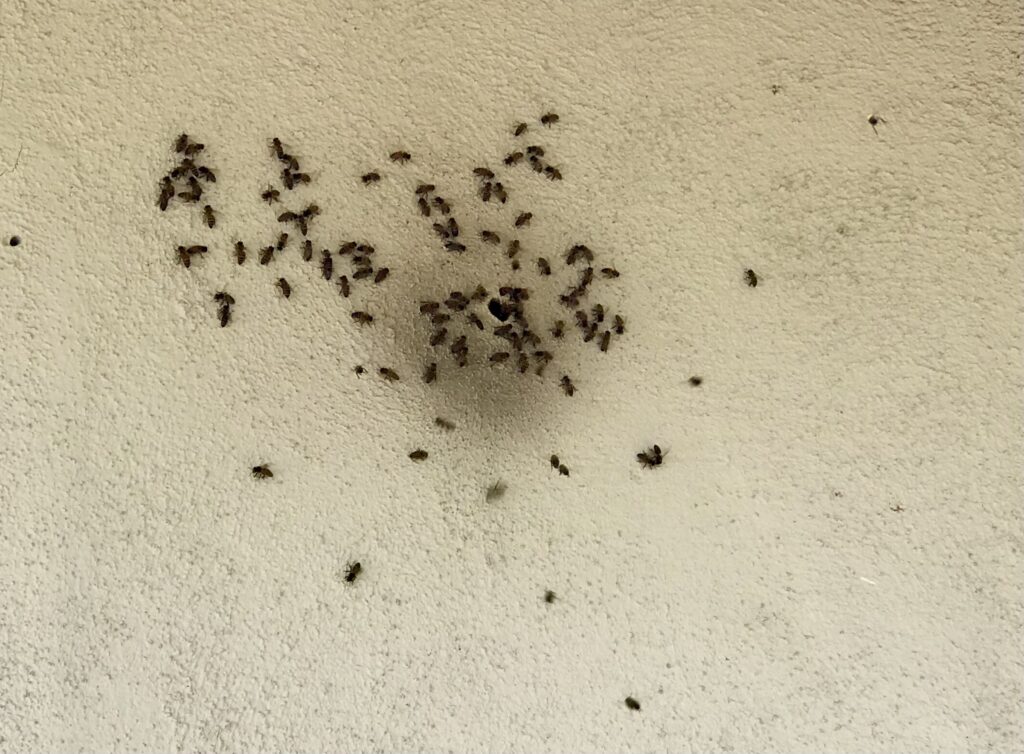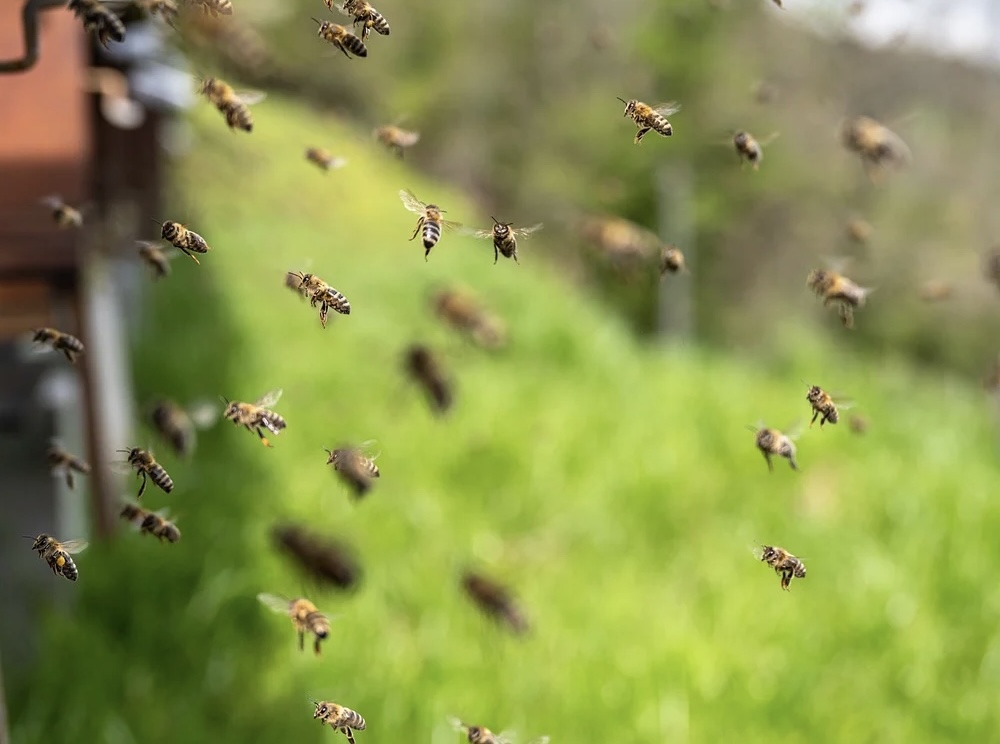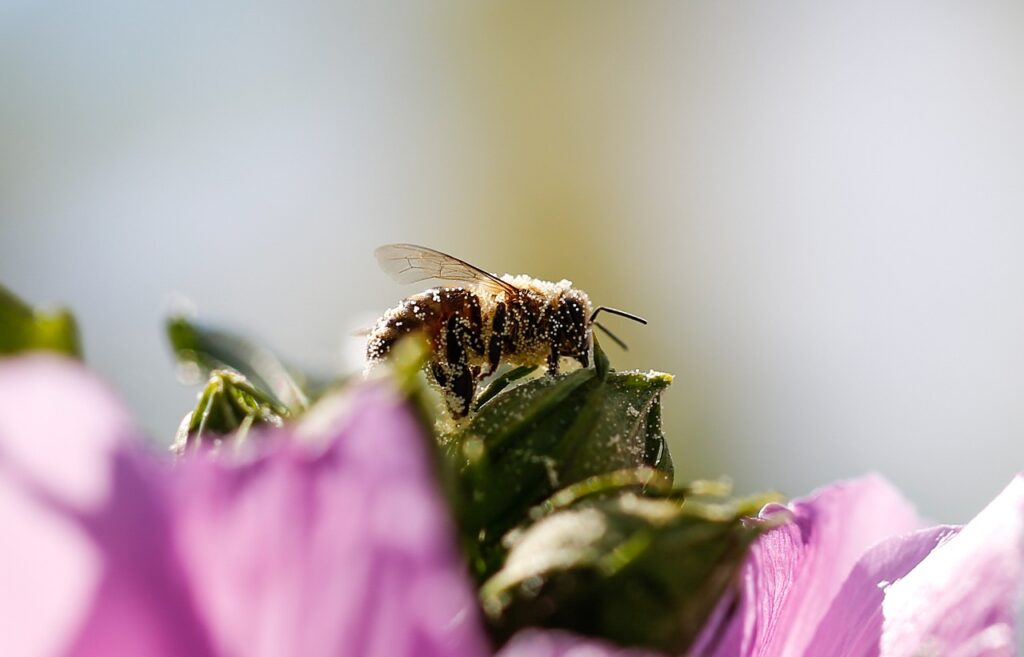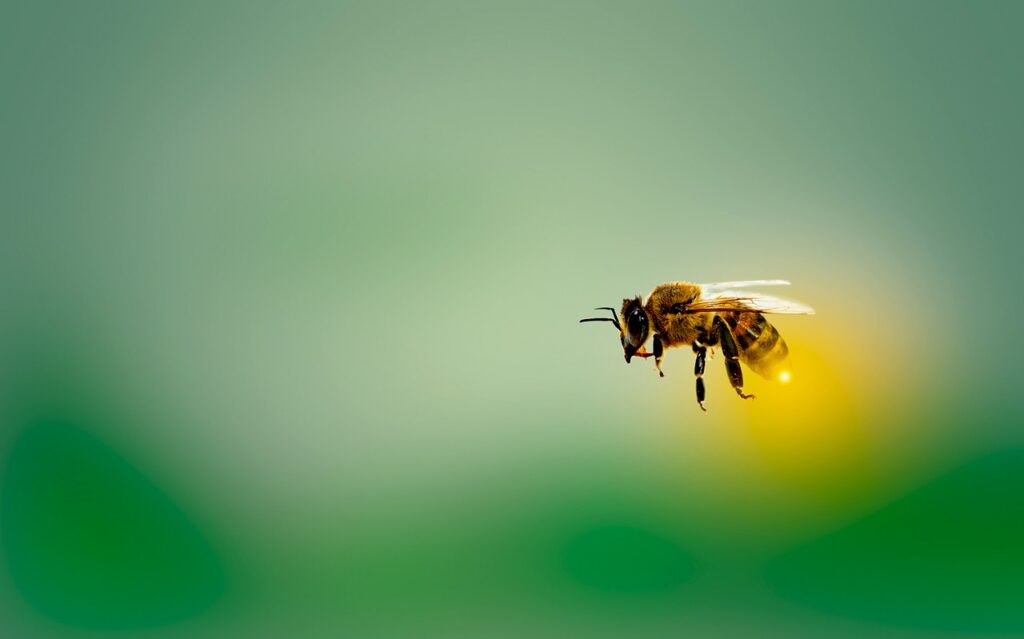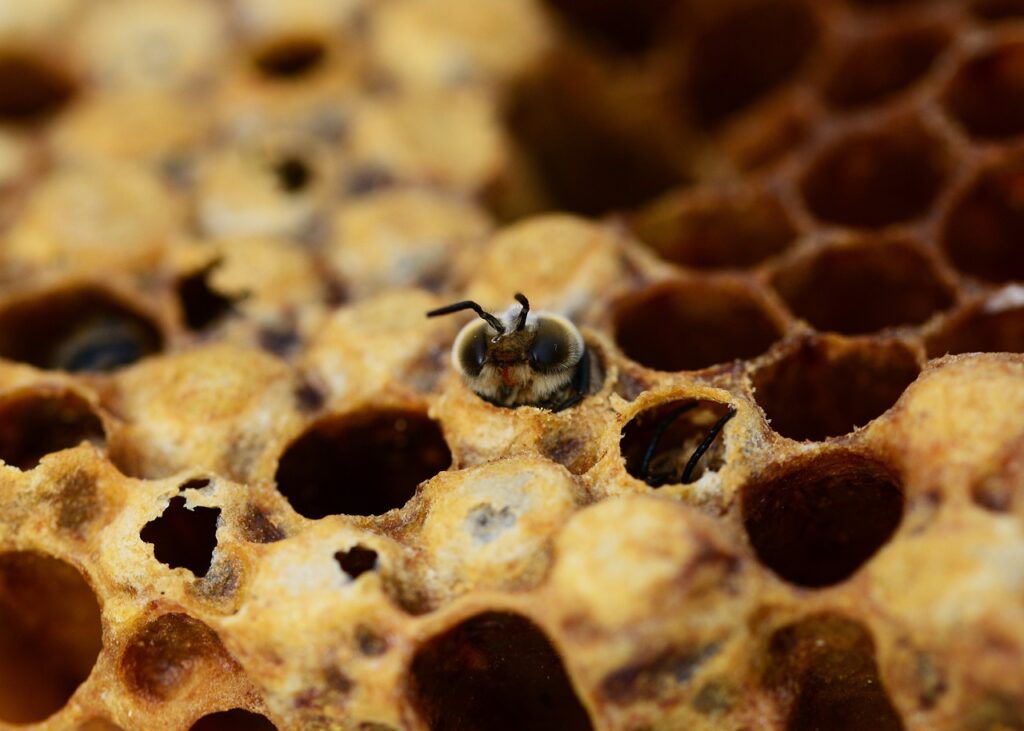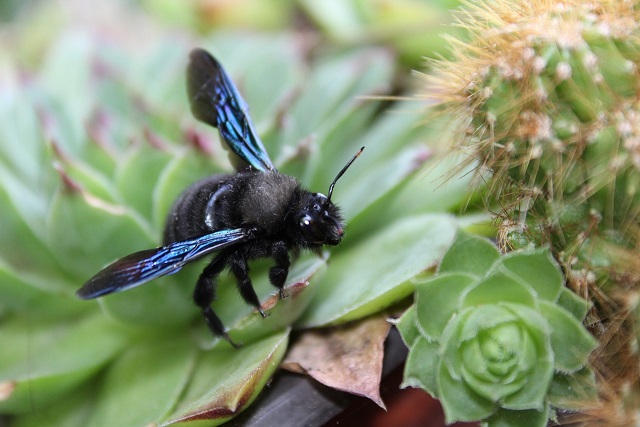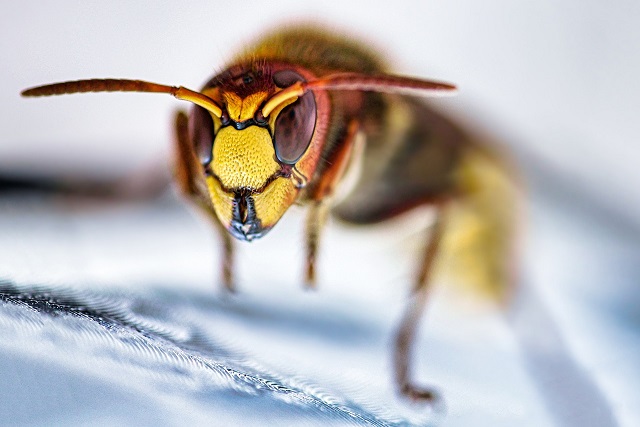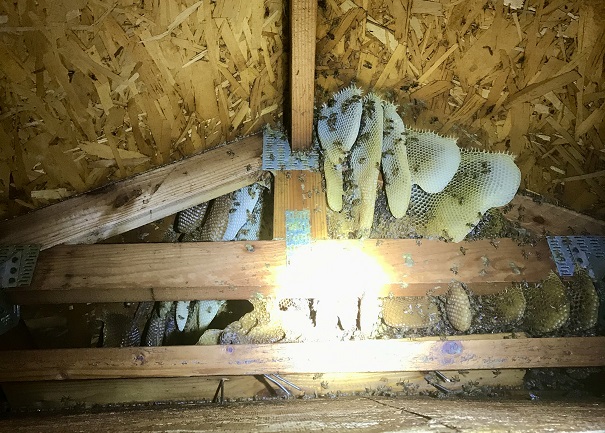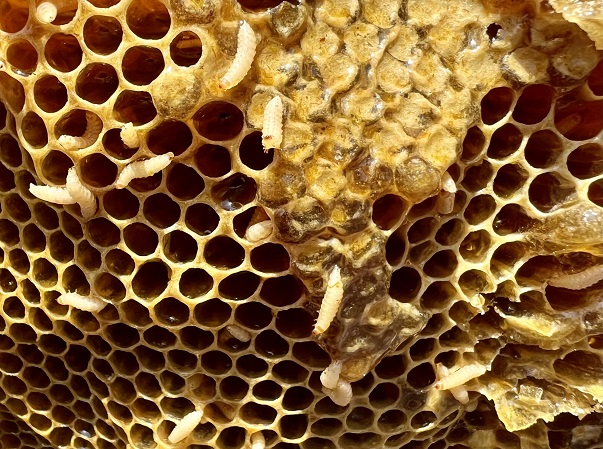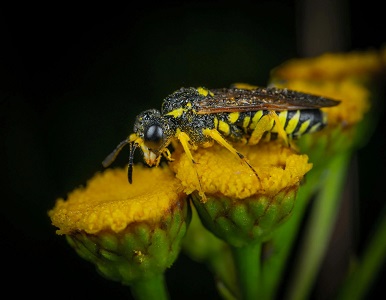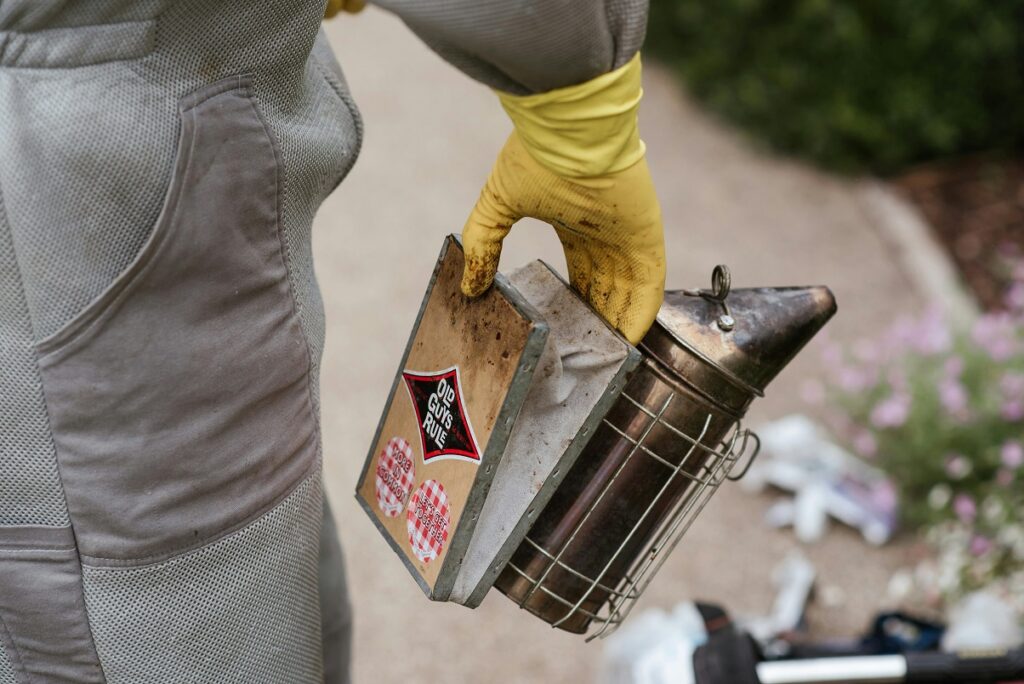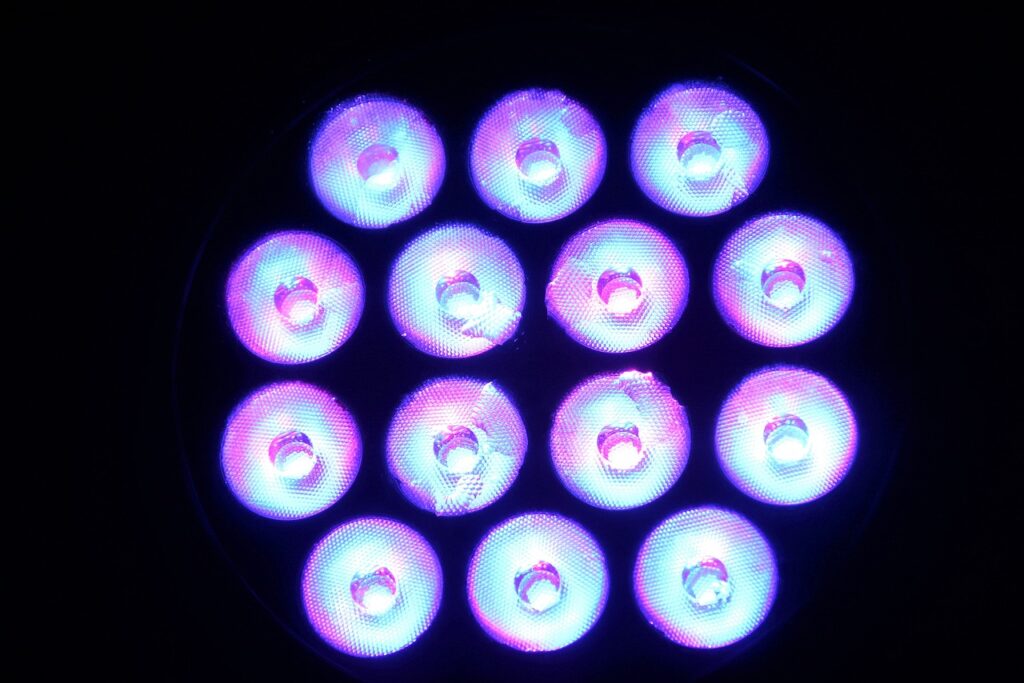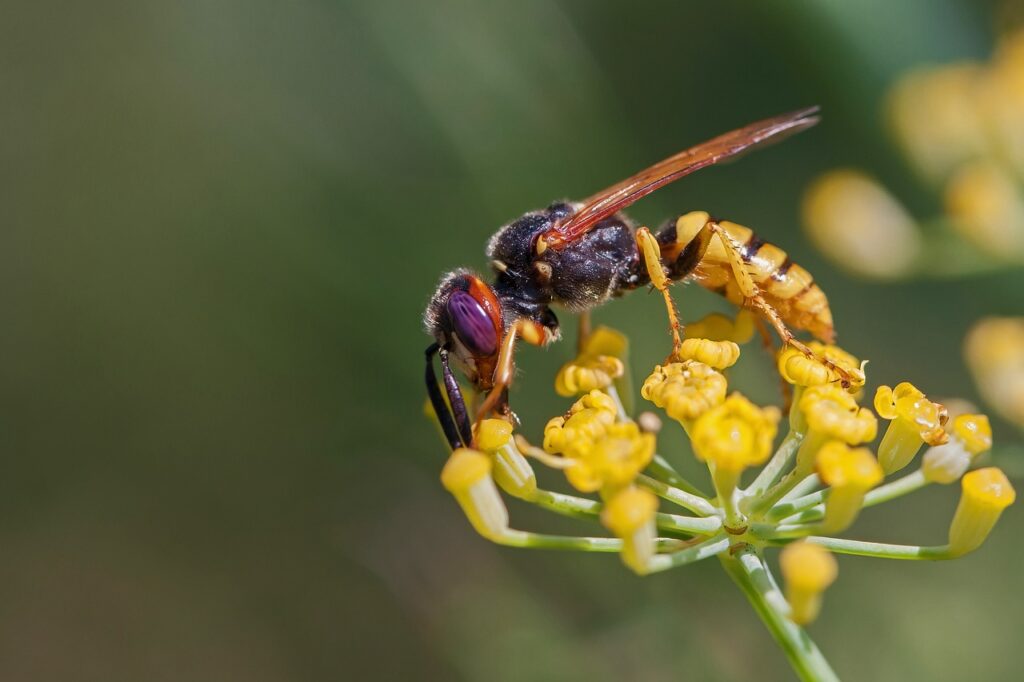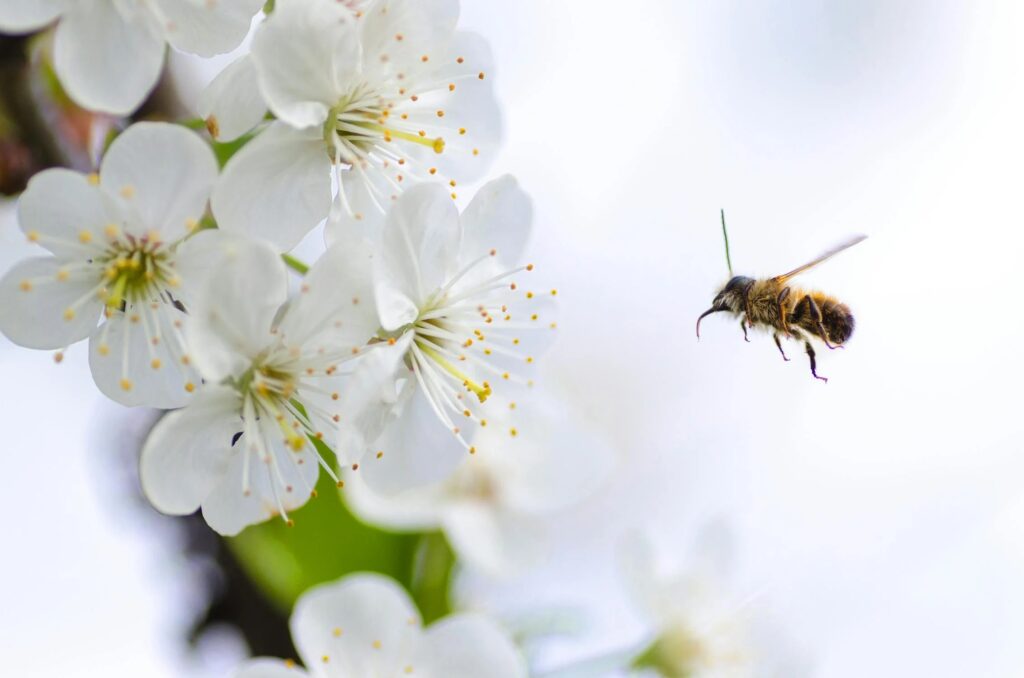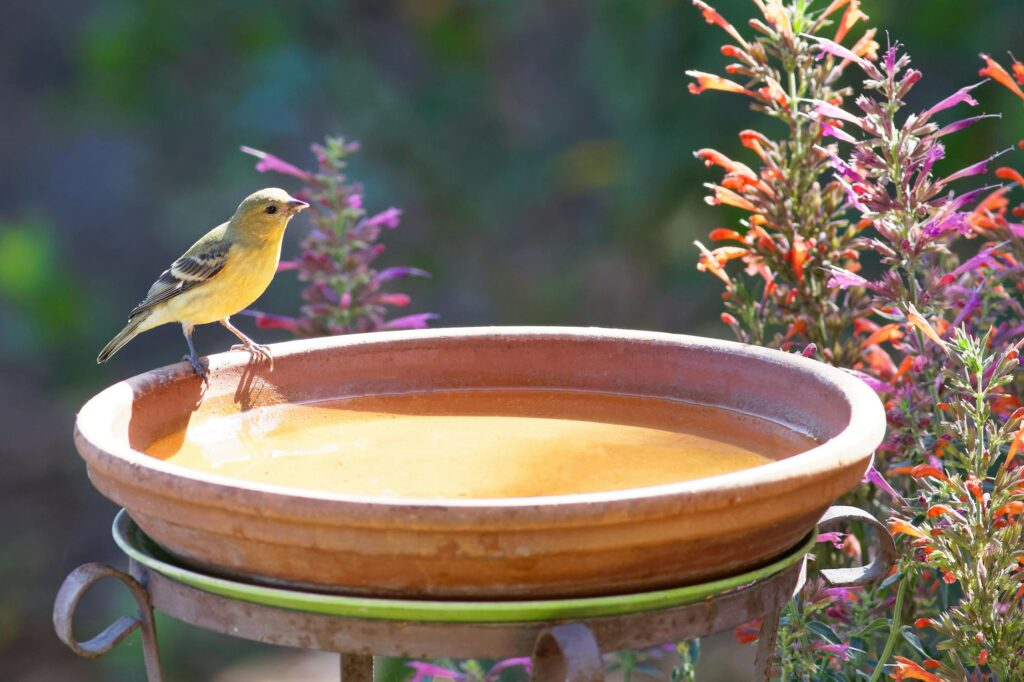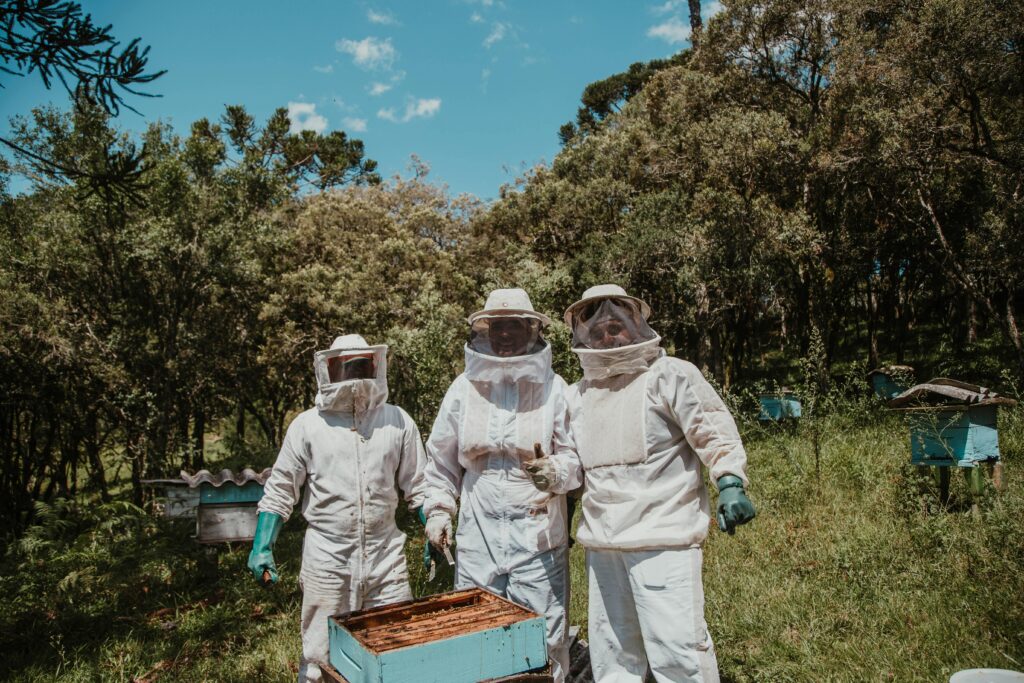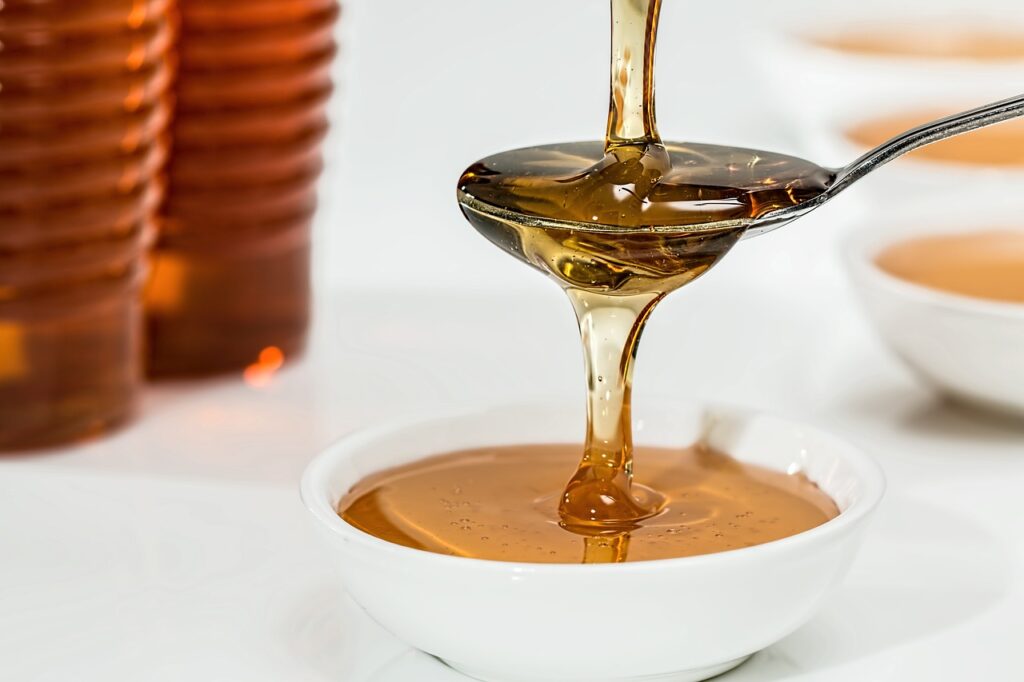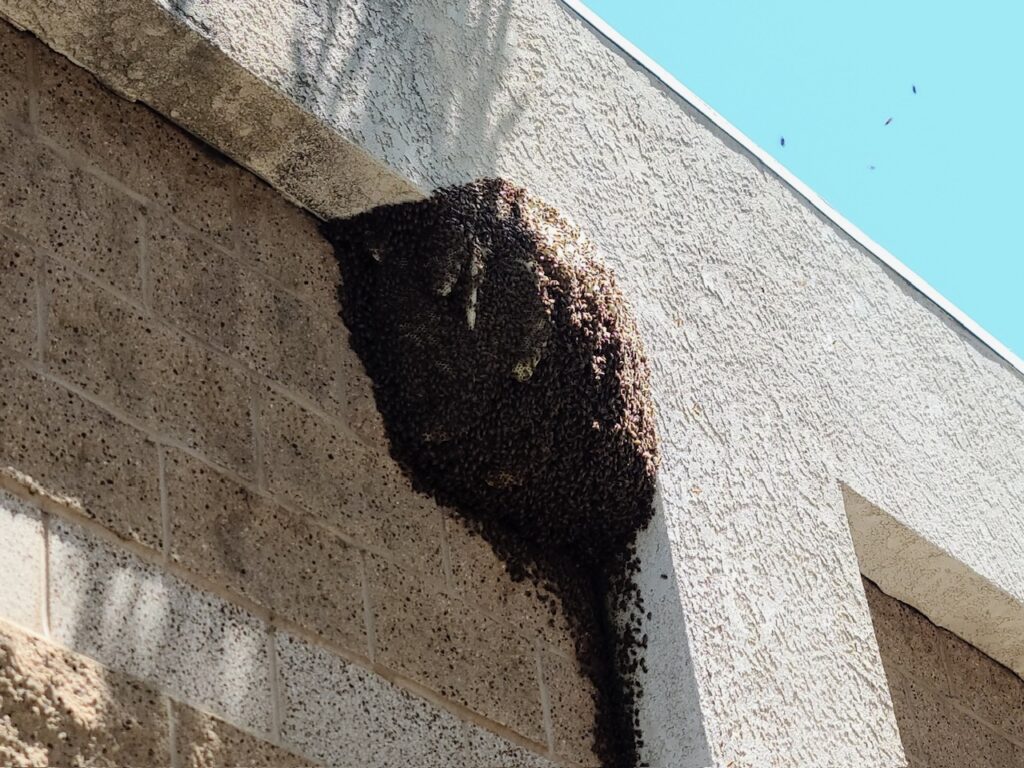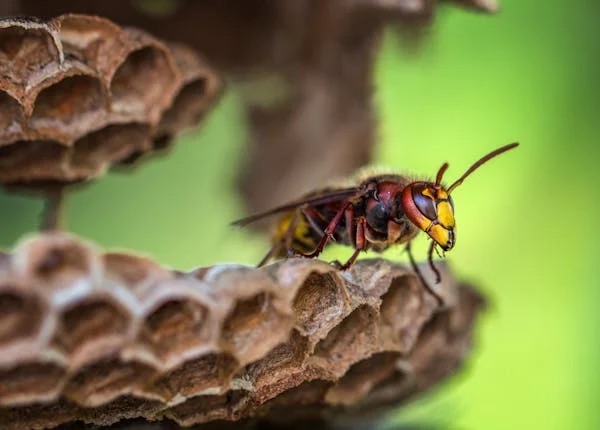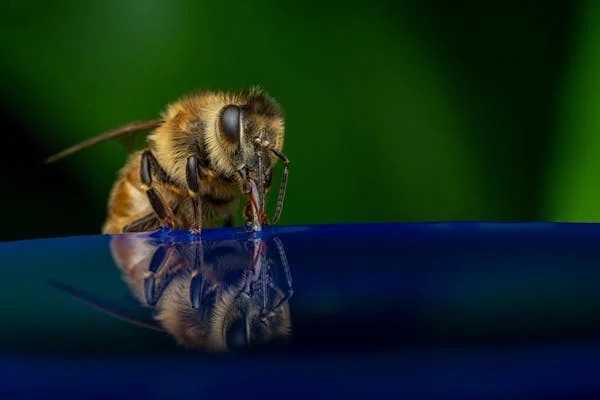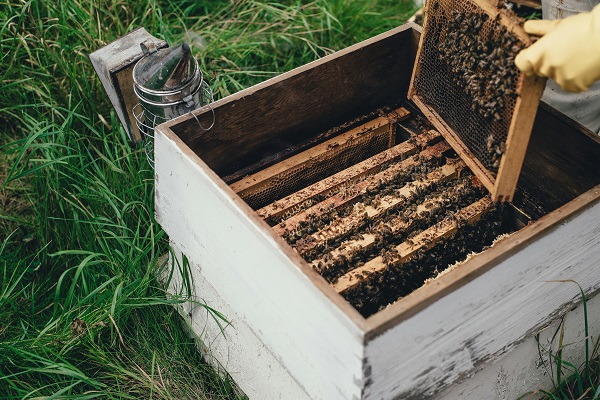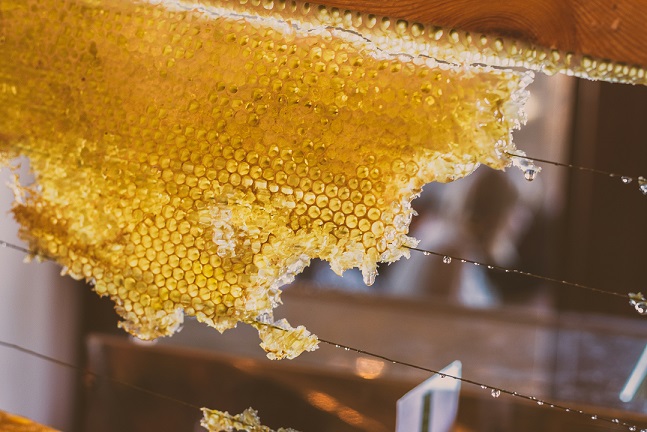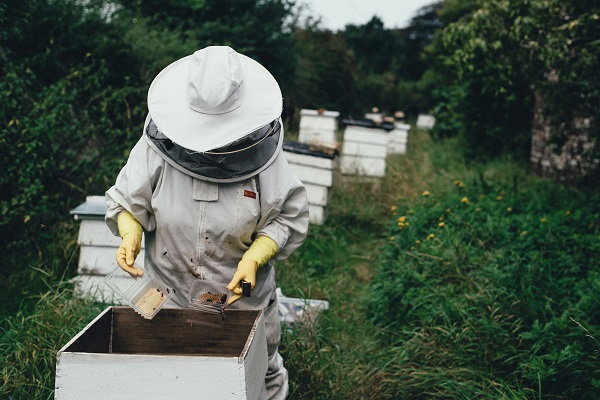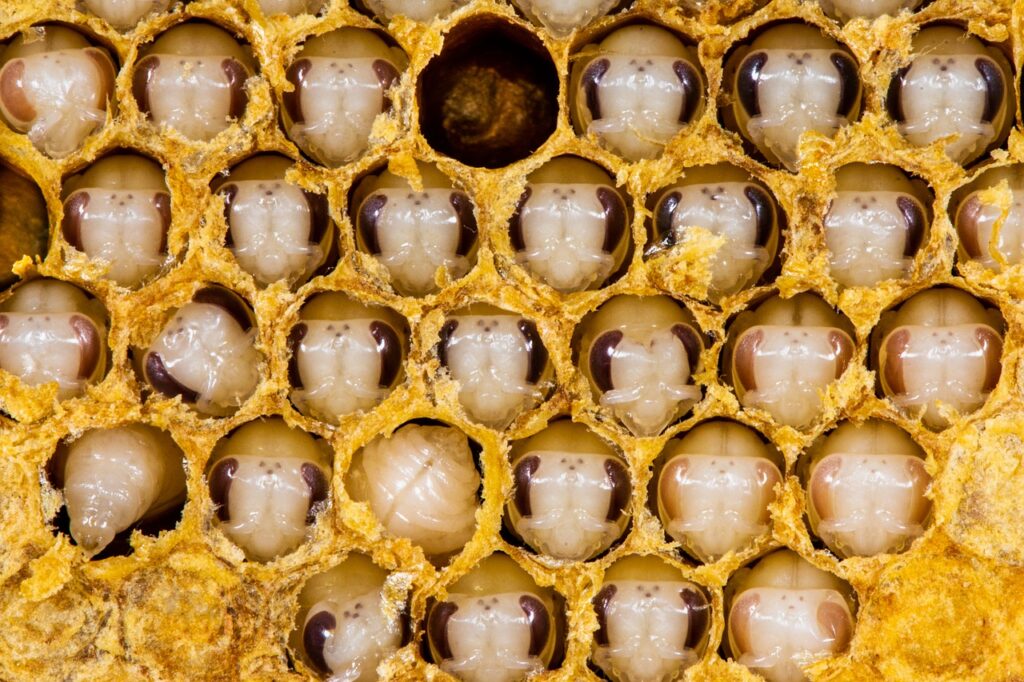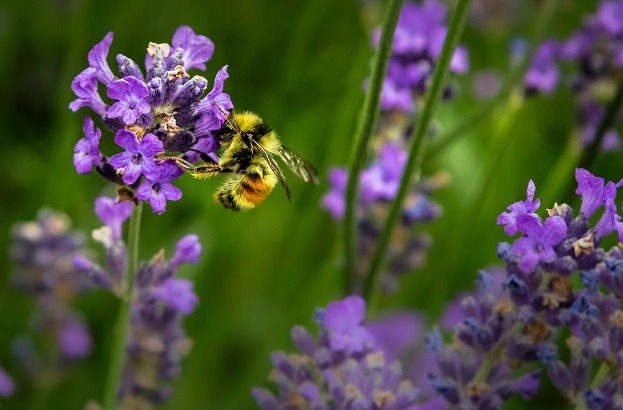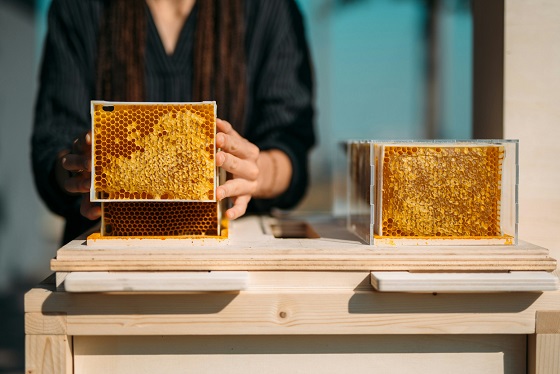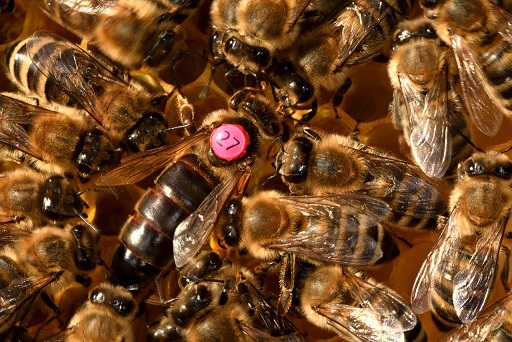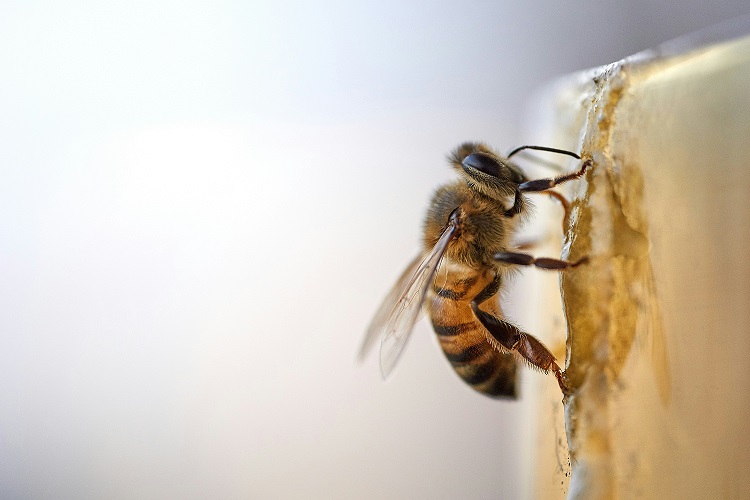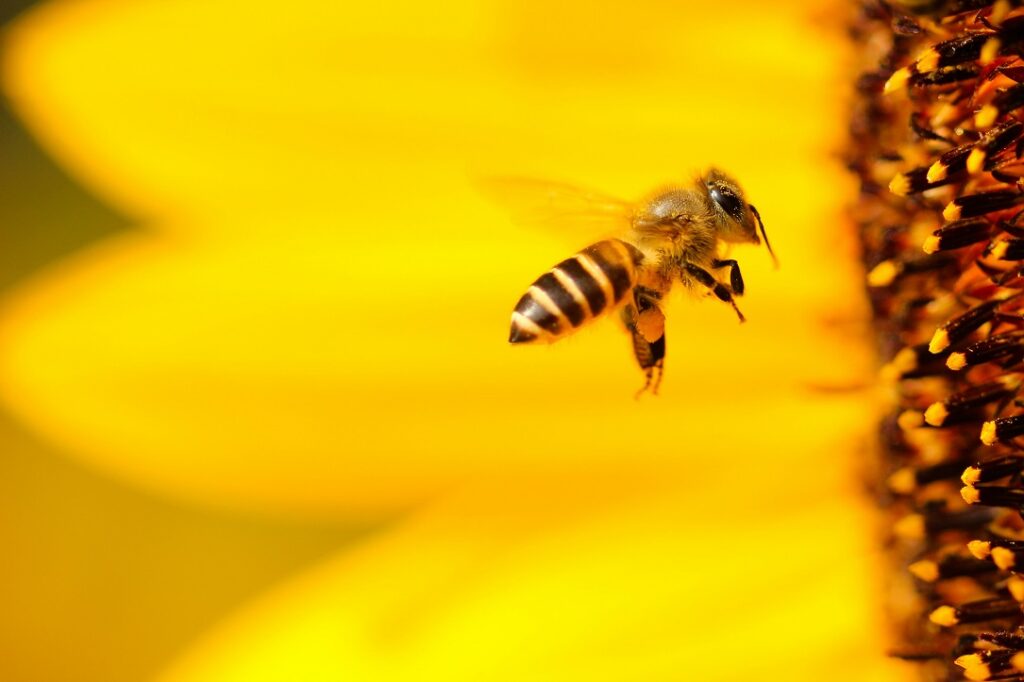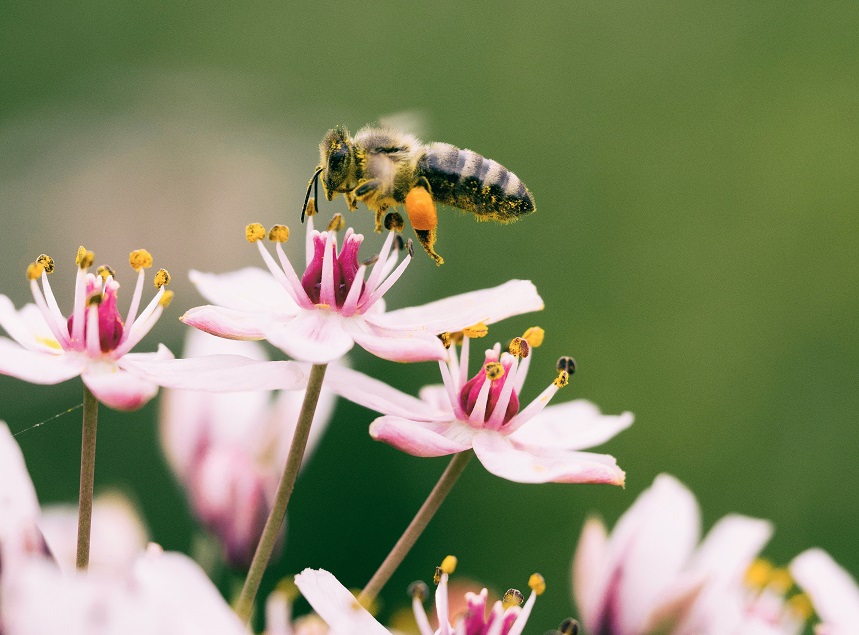Bee News
The Varroa mite
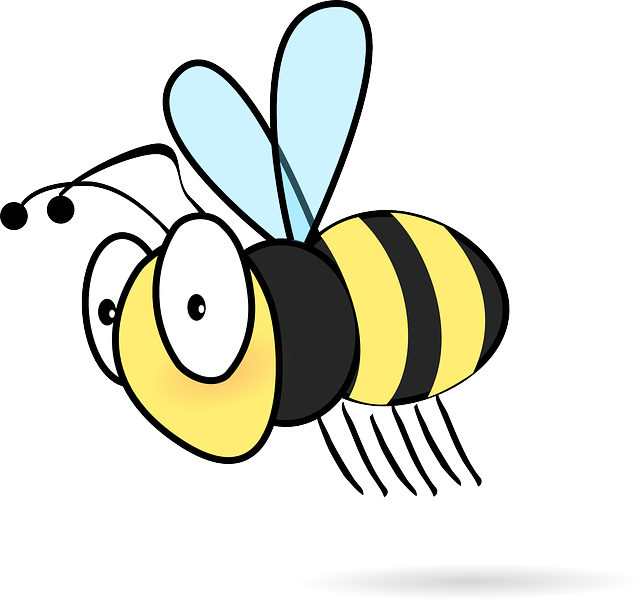


In the world of beekeeping, one of the most significant threats that honeybees face is the Varroa destructor mite. Originally from Asia, these parasitic mites have spread globally and are now a primary concern for beekeepers everywhere. Their presence can have devastating effects on established beehives, leading to weakened colonies and, in some cases, complete hive collapse. Understanding the nature of varroa mites and implementing control methods are crucial for maintaining healthy bee populations.
Varroa mites are small, reddish-brown in color, and typically attach themselves to bees, feeding on their bodily fluids. This parasitic relationship is detrimental to bee health, as it not only weakens individual bees but also leads to the transmission of harmful viruses. In particular, the Varroa destructor has been linked to the spread of viruses like the Deformed Wing Virus (DWV), which has severe implications for bee development and longevity.
Established beehives can often mask the factors that lead to a mite infestation until it’s too late. Beekeepers may notice a decline in bee population, reduced honey production, or abnormal behavior among the bees, all of which can signal a potential varroa problem. Regular monitoring and intervention are necessary to prevent these issues from escalating.
One innovative and natural approach to combating varroa mites involves the use of confetti sugar. This technique encourages bees to groom themselves and each other, facilitating the removal of mites clinging to their bodies. The method is simple yet effective: beekeepers dust the hive frames and the entrance of the hive with a light coating of finer granulated sugar. When bees encounter the sugar, they instinctively begin to groom themselves, dislodging the mites in the process.
Using confetti sugar has several benefits. Firstly, it is a non-toxic method, which means it does not harm the bees or their environment. In contrast to chemical treatments, sugar does not leave harmful residues and allows for the survival of beneficial organisms within the hive. Additionally, the process of grooming not only removes mites but also fosters a sense of colony cooperation, as bees help each other maintain hygiene.
To effectively use confetti sugar in your apiary, consider applying it during periods of lower temperatures, when bees are more active but not too hot. Lightly dusting the honey frames and the entrance can significantly increase the chances of mites being removed without causing undue stress to the bees.
It is essential, however, to combine this method with regular monitoring. Beekeepers should routinely check for mite levels through alcohol washes or sticky boards to gauge the effectiveness of the sugar treatment. If mite levels remain high despite grooming attempts, it might be necessary to explore additional control methods, including chemical treatments or drone brood removal.
The fight against varroa mites is an ongoing challenge that requires diligence, creativity, and a commitment to the health of bee colonies. By using innovative and natural methods like confetti sugar, beekeepers can encourage their bees to practice effective grooming behavior, thus improving the overall health of their hives. Regular monitoring and community engagement play crucial roles in maintaining robust colonies that can thrive despite the ever-present threat of varroa mites.
